Imagine holding a guitar in your hands, knowing that a universe of melodic possibilities lies hidden beneath your fingers. It was in my early years of guitar playing, I stumbled upon the key that unlocked this universe – the bebop scale. An exhilarating journey awaited me, steeped in the heart of jazz music passion and improved improvisation.
As Robert Williams, the thrill of my continued exploration of the bebop scale still resonates with me, and today, I invite you to join me in delving into the intricacies of the bebop scale guitar. With my extensive experience in guitar journalism, teaching, and music theory , I’ll unlock the secrets hidden in the flurry of notes that make up the iconic bebop sound. And while the world of bebop may seem complex, I believe that with patience and dedication, you too can master this fascinating scale.
So, fasten your seatbelts as we embark on this journey, moving from theory to improvisation. You’ll learn how the bebop scale creates the soulful, fluid licks we associate with jazz, and – most excitingly – how you can use it to revolutionize your own guitar playing.
Understanding the Bebop Scale
Fundamentals of bebop scales in jazz music
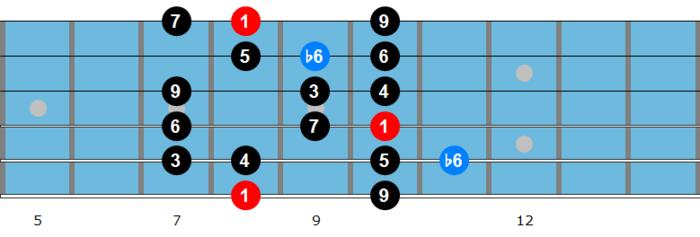
Delving into the realm of bebop scales, we encounter their deepest essence in dominant, major, and Mixolydian forms. All three are intrinsic to jazz music and hold the key to the compelling harmonic coherence characteristic of bebop. Throughout my transcription career, I’ve discerned unique traits in each that contribute extensively to the bebop soundscape.
The dominant bebop scale, fundamentally a Mixolydian scale prised open by an extra chromatic note, adds tension and release within melodies. The major bebop scale, on the other hand, extends the major scale and enables a smooth melodic flow. The Mixolydian bebop scale mirrors the dominant but with a compelling note addition that lends endless creative possibilities.
Understanding these fundamentals is key in harnessing the true expressive capabilities of bebop scales, allowing the generation of intricate harmonic fabric crucial to jazz improvisation on guitar. Grasping this underpins successful progression to the consequent stages in mastering the bebop scale.
Associated Chord Progressions
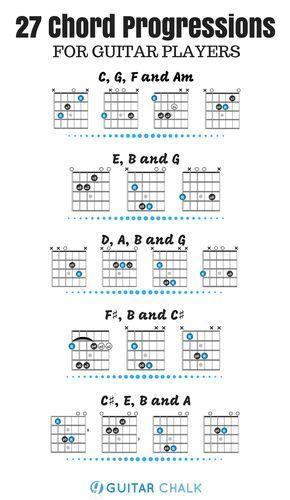
Moving ahead from the fundamentals of bebop scales in jazz music, let’s delve into the complex yet exciting world of associated chord progressions. A profound comprehension of these progressions, such as the widely used 2-5-1 progression in bebop, will significantly enhance your improvisation skills on the guitar.
In my years of experience in song transcription, jazz chord progressions, especially those in bebop, play a paramount role in defining the groove and swing of a composition. They do not merely provide a rhythmic backbone but also add depth and dynamics to a melody. For instance, the 2-5-1 progression, prominently recurring in bebop, is fundamental in establishing slightly syncopated, distinct, and catchy phrases which are quintessential to the jazz feel.
Through a thorough understanding of these chord progressions, you can reinforce your bebop improvisations, ensuring that they are not just technically correct but also enriched with authentic jazz flavor. To illustrate this, our next focus will be on the practical applications of the bebop scale on the guitar.
Applying Bebop Scale on Guitar
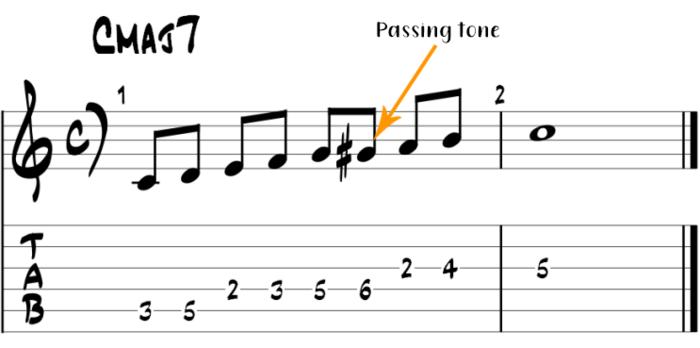
The art of mastering the bebop scale on guitar is a journey, one that, as a lifelong guitarist and teacher, I am intimately acquainted with. This journey will require you to understand the intricacies of bebop scale fingerings and patterns, which can initially be daunting. However, my experience has blessed me with a wealth of strategies and insights, which I am excited to share with you, to help make this journey more palatable.
Ever thought handling bebop scales on guitar is a challenge? With my tried and tested strategies, you’ll be mastering them without frustration. But where does one start? Let’s begin with the bebop scale fingerings, a crucial component in applying this jazz scale to your guitar. A sound grasp on these fingerings will provide a comfortable launch pad for your exploration into the bebop world.
Remember, practice makes perfect. Guitar scale patterns, especially those not typical in other music genres such as rock or blues, can seem foreign at first. But don’t be discouraged. Take it slow, repetitively practicing each positioning until they become muscle memory, second nature to your fingers. Don’t let the complex structure intimidate you. Instead, see it as a mental and physical challenge to overcome, with the reward being mastery of one of the most expressive scales in music.
When you’ve gotten yourself comfortable with the scale patterns and fingerings, here comes an extremely satisfying part of the journey – diving into bebop scale tabs. Tabs visually depict the fingerings and the order in which you play the notes. They aid in practicing and applying the right techniques, guiding you step by step to become fluent in this unique musical language.
As we delve deeper into applying the bebop scale on the guitar, remember that the goal isn’t mere memorization of patterns, but to understand and grasp the emotional and expressive nuances the scale offers. You’re not just learning a scale; you’re learning a story, a moment in history, a means to express what can’t be put into words. Breathe in the rhythm, embrace the journey, and immerse yourself in the language of bebop jazz.
Stay patient and keep practicing. The beauty of the bebop scale will unfold itself to you, layer by layer, as you hone your skills and deepen your understanding. And in perfect timing, you’ll finally seize the power to transform a simple guitar into a storytelling tool, evoking raw emotions through your playing. It’s a journey worth taking, and I am right here, guiding you through each step. Let’s dive in right away!
Improvising with Bebop Scales
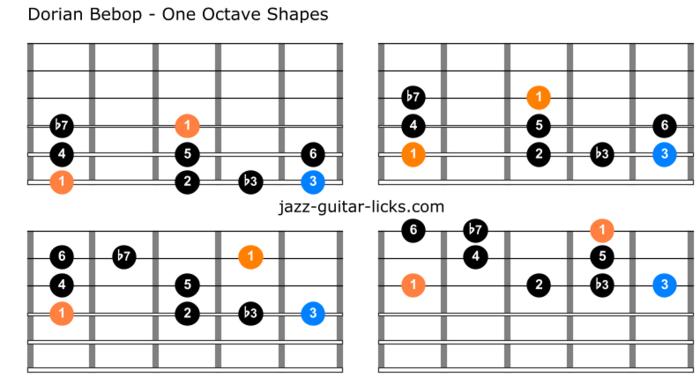
When you have successfully managed to strike every note of a bebop scale on the guitar, then, you are on your way to establishing a vibrant jazz narrative. Naturally, the next stage is learning how to put it all into context – this is where the magic truly begins. At this phase, we delve into the heart of bebop improvisation; using bebop scales to create compelling variations and motifs that can transform your jazz guitar soloing.
Can you imagine turning a simple lead line into a masterstroke with just the addition of bebop scales? That’s the power of improvisation with bebop scales! As we explore into the realms of strategic note placement, you will find that integrating these scales is more of an art, rather than a mathematical equation.
From my extensive background in improvisation, I’ve discovered the beauty of bebop scales in soloing. The sheer excitement of watching a single melody transform and evolve with the application of a few extra half steps is exhilarating. When immersed in the groove, it adds a certain depth and intensity that is rarely found in other scales. And the best part? You have the liberty to create your own narrative. Yes, the journey of improvising with bebop scales comes with no rigid boundaries and rules.
During your improvisation, always remember that bebop scales are essentially about the rhythmic flow, a chromatic strategy that ensures you land on strong chord tones on strong beats. Try applying them to common jazz chord progressions, start by playing through each progression and listen to how the notes interact and resonate with each chord. Explore by adding your own flavor, be it a slide, bend or vibrato, melding your personality into the music.
Over time, your ears will pick up on which notes sound the best over certain chords, helping you develop a sense of intuition in your improvisation. A playful experimentation with rhythm, pace, emphasis, and motifs is just part of the evolution. The more you improvise, the more proficient and versatile you become. However, the ultimate joy comes when you can connect with your instrument and the music in ways that words simply can’t convey.
And whilst we’re on this exhilarating journey, remember, it’s not just about trying to impress with your technical prowess. It’s about how you can express yourself and convey a story with the bebop scale. So, strap in, and get ready to unlock endless musical possibilities with bebop scales. In the following segment, we’ll discuss various effective methods of practicing bebop scales on the guitar.
Practicing Bebop Scale on Guitar
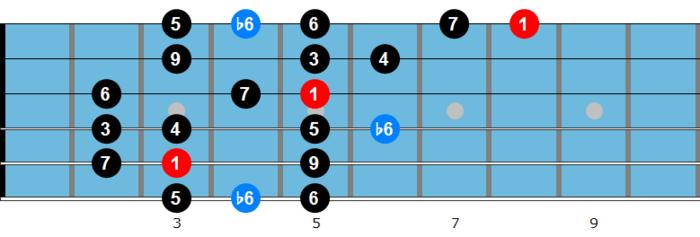
Just as with any form of art, the focus isn’t merely on learning or understanding. The actual beauty and artistry unfold when you master the nuances and intricacies—the tiny threads that weave together to create the stunning musical canvas.
For guitarists aspiring to play jazz, mastering bebop scales is like learning to read the secret language of jazz. My guitar books have been successful tools for many guitarists to build and upgrade their skills in a structured way. And now, I’ll share some effective exercises for guitar bebop scale practice, tricks I’ve learned from years of playing, teaching, and improvising.
So, when should you practice? Is there a perfect time? Day or night? Honestly, the best time to practice is when you can concentrate without distractions. For some guitarists, it’s early morning, when the world is still, as if holding its breath, waiting for the music to flood into the silence. For others, it’s late at night when the day’s demands are done, and one can commune with their guitar, undisturbed.
Are you aware that practicing scales incorrectly can lead to musical stagnation? Let’s ensure your practice sessions with bebop scales are productive and enjoyable. It’s important to remember that practice isn’t purely mechanical repetition. It’s a conscious and mindful engagement with the instrument, exploring the bebop scale in different ways, understanding its structure and nuances. The key lies in conscious repetition, followed by examined improvisation.
As far your ‘where’ goes, finding a comfortable, quiet space to practice is always beneficial. My personal favorite? A well-lit room with acoustics that complements my guitar’s sound. There’s something spiritual about feeling my guitar notes reverberating around the room. It’s an integral part of my bebop guitar lessons, emphasizing not just the technique but the entire enveloping experience of practicing.
Speaking of technique, let’s delve into some effective bebop scale exercises. One fundamental exercise is playing the bebop scale up and down the fretboard. Start slow, focusing on clean and even notes. Increase your speed gradually while maintaining clarity. The next important exercise is to learn the bebop scales in all twelve keys, it’s challenging but incredibly rewarding. And finally, incorporation into various chord progressions – an integral part of improvisation!
Mastering the bebop scale on the guitar isn’t merely a matter of technical skill, but also a profound understanding and appreciation of its role in jazz music. We’ll take a fascinating journey into these associated chord progressions and ways to apply these scales on your guitar. It’s like finding the magic key that syncs you into the subtle, captivating rhythms of jazz.
So, let’s grab our guitars, tune them up, and begin this exciting exploration of the bebop scale – a world of swinging rhythms and soulful improvisation.
FAQs
What is a Bebop Scale?
How to master the Bebop Scale on Guitar?
Why is theory important for improvisation?
What is the role of improvisation in mastering the Bebop scale?
Conclusion
Drawing on my treasured years of guitar expertise and passion for music theory, we’ve journeyed from understanding the bebop scale to its practical application and improvisation
on the guitar. You’ve delved into the rich, characterful world of jazz, discovering the fundamental role the bebop scale plays. Chord progressions associated with this intricate scale may have presented a challenge, yet their mastery is central to unlocking the scale’s true potential.We’ve explored the application of bebop scales directly on the guitar, turning theory into melodious practice. Improvisation then took center stage, revealing the bebop scale’s immense contribution to the dynamic and expressive jazz solos that captivate audiences around the world. Your consistent practice and dedication to learning, coupled with this enriched knowledge, will undoubtedly lead you to master the bebop scale.
As I reflect on the love I have for guitar music, remember that mastery is born from passion. The bebop scale is not only a set of notes, but a tool for expressing the deepest nuances of human emotion through music. Embrace it not just as theory, but as an avenue for musical conversation, and watch your guitar soundscapes reach new heights.